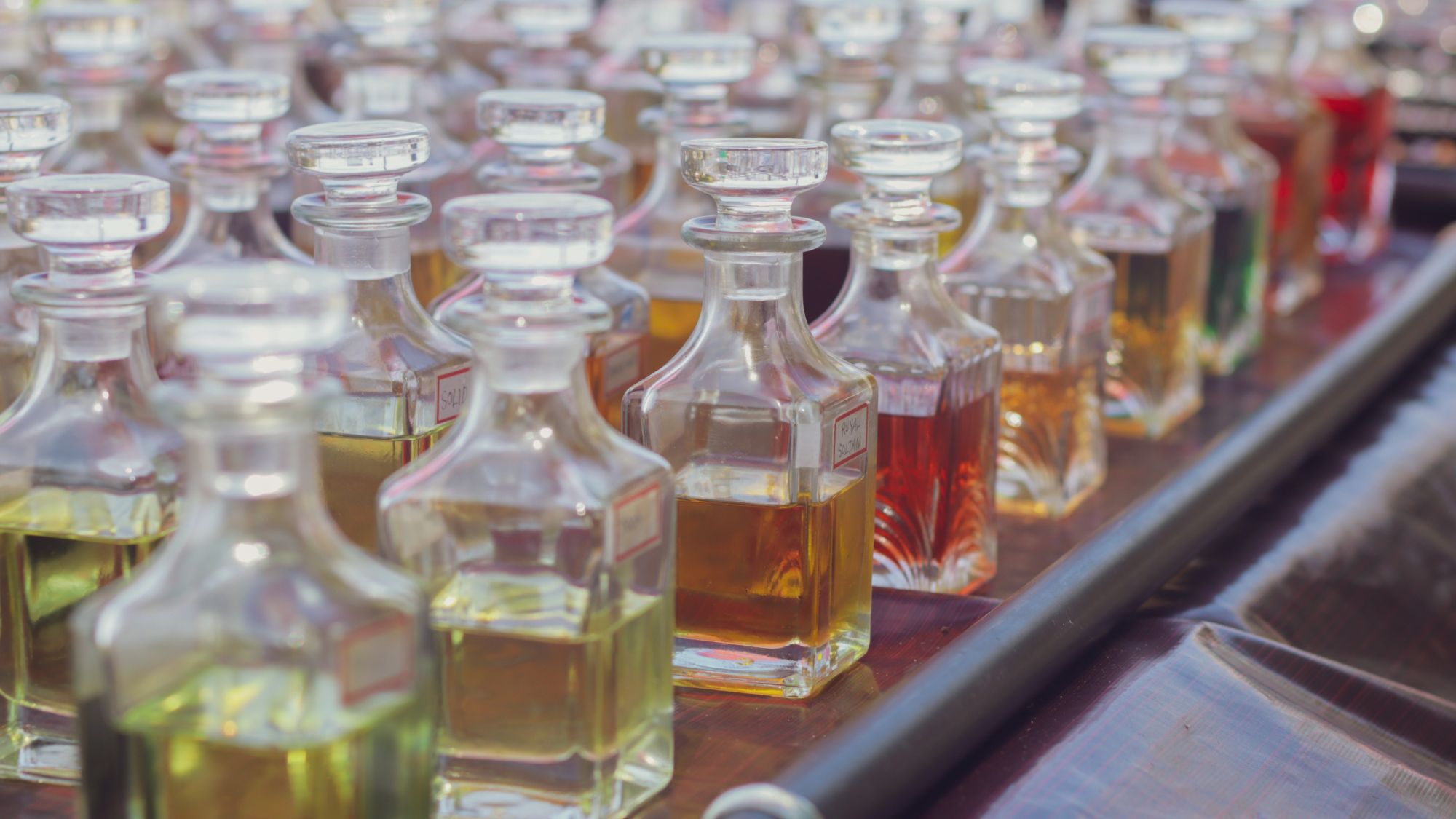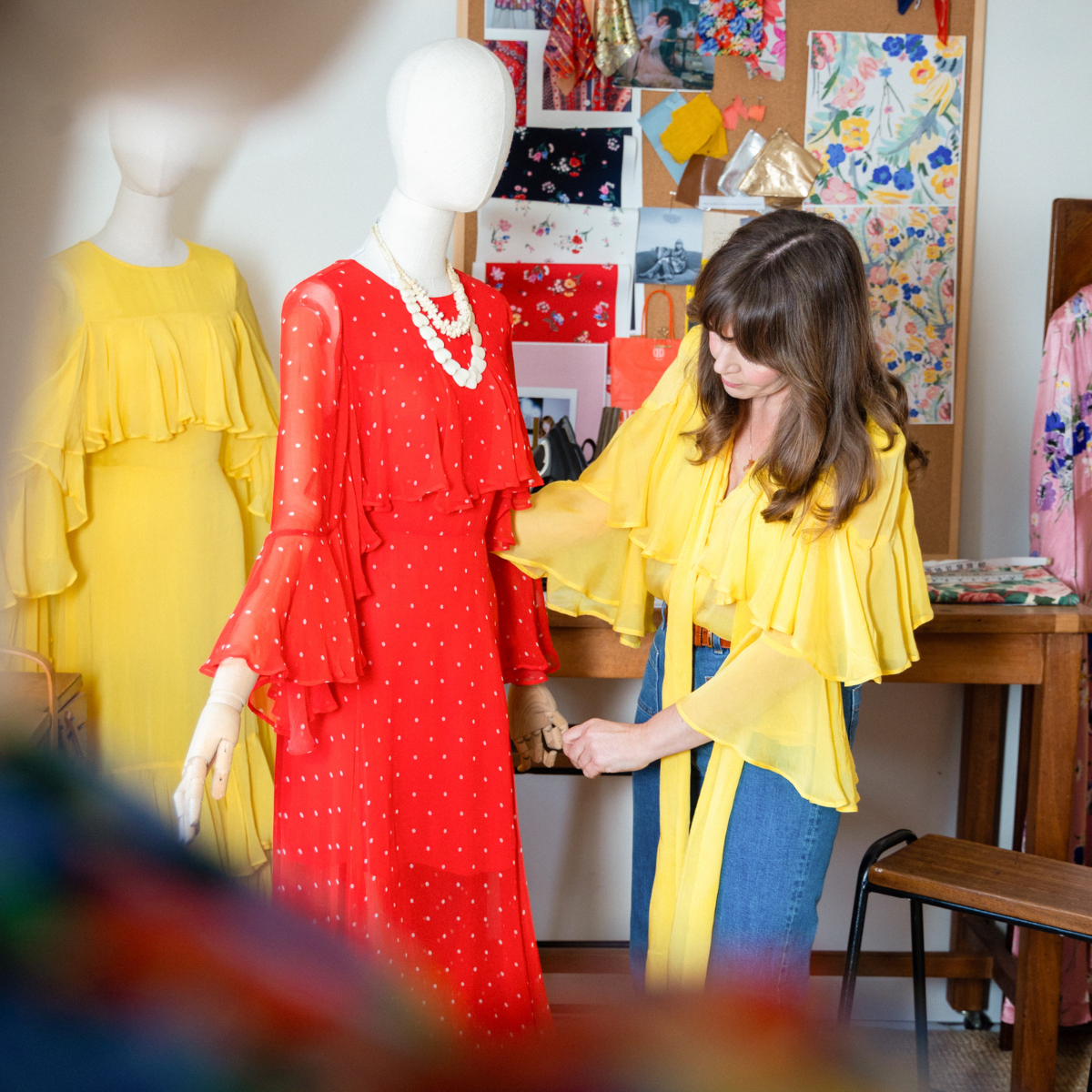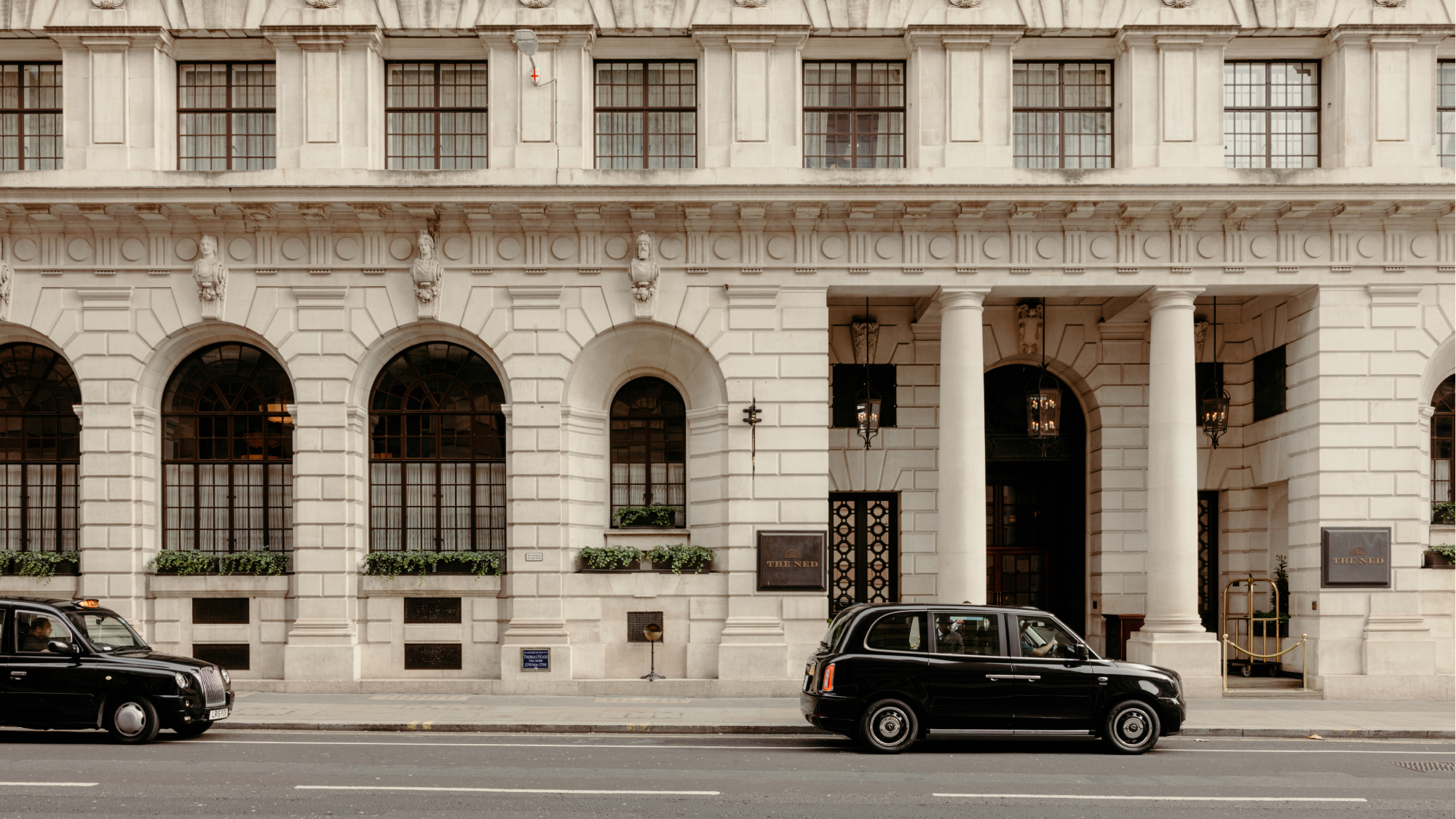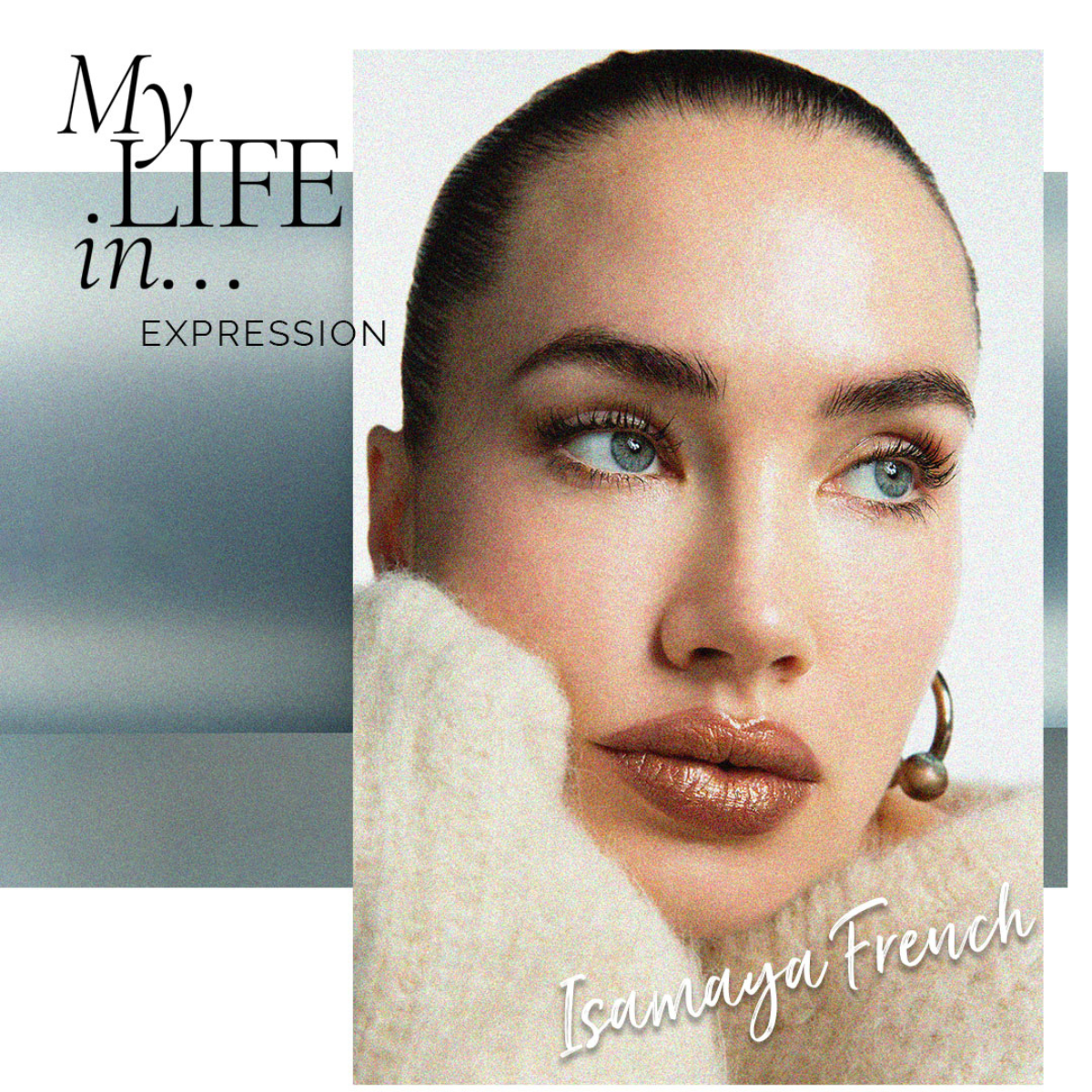Perfumes dupes aren't all they're cracked up to be—here's why you should think twice before investing
Two niche fragrance experts share their concerns

The concept of beauty 'dupes' can be quite a divisive topic among many of us beauty editors—you’ll find people firmly in the love them or hate them camp. When it comes to the best perfumes, I find that it gets even spicier when the topic of conversation comes up. Some people think dupes of perfumes are great and others are completely against them.
While I'm all for affordable perfumes, I’m very much in the camp of not loving the concept of dupes, but totally understanding why people buy into them. I’m someone who hates exclusivity. I want everyone to be able to access even the most luxurious perfumes, no matter their financial situation.
So, what's the big issue with perfume dupes? Should we buy into them or not? Let's discuss.
The makings of a perfume
The case of perfume dupes is slightly different to dupes of other beauty products because of the craft that goes into making them. “The process of creating a scent is one that takes time, requires artistic development of an idea or brief, and leans on the expertise and unique artistic talents of the perfumer,” explains Beckielou Brown, perfume creator at ALTRA.
“I always like to think of it as a long dance between us as creative directors/visionaries and the perfumer we work with, and one, too, between the perfurmer and her/his 'palette'—aka ingredients or notes,” explains Phway Su Aye, Gabar CEO and Creative Director. Think of perfume creation as a souped-up, expert-led, creative trial and error.
As an independent perfumer with her own brand, Beckielou works with her own concepts, but other perfumers work from an external brief. “Both routes are just as in-depth and time-consuming,” she says. She explains that it can take dozens of “mods” (modifications) to reach the final scent. “Sometimes the scent is initially presented with three (or so) different mods all taking slightly different directions,” adds Beckielou. For example, a perfumer could present a rose scent that has a greener fresher note, a more amber-y note and then “a heavier dose of shimmering aldehyde top notes making it more sheer and light". Doing this allows review of the scent’s direction, allowing further development or modification.
During the process, Beckielou explains, “I'm exploring inspiration, seeking out and testing new raw materials, developing new accords and bringing all creative artistry and skills to the table to form a tangible product with a unique personality of its own.”
Marie Claire Newsletter
Celebrity news, beauty, fashion advice, and fascinating features, delivered straight to your inbox!
A single fragrance can take anywhere from six months to multiple years to make. “You can think about the process of creating a perfume as basically akin to someone making a piece of art or composing a piece of music,” she says. Adding, “I like to think of perfumery (when it’s done right) as an art form, something that translates a story or moment or emotion or vision into a singular scent."
What perfume dupes lack
One of the major elements that a dupe lacks is the craft and level of care behind it. However, it’s important to note that they’re not unsafe—but more on that later.
Firstly, let's talk about transparency. The beauty behind independent perfumers is the insight into the entire journey of a scent. From inspiration, sourcing and the many iterations before reaching the final result—there is a very clear transparency for the consumers, which is highly celebrated. “With the original scents, there is far greater transparency with regards to the ingredients, chemical composition and sustainability of the fragrance,” explains Susan Wai Hnin, Gabar COO & Global Director.
The premise of dupes lies in them being as cheap as possible, because of this, the quality of the ingredients isn’t going to be as high. Sourcing ingredients is no easy (or cheap) feat, particularly those of ethical and sustainable sourcing.
Lower quality ingredients aren’t inherently 'bad' but they won’t give the same result, and they lack the precise composition of original perfumes. Beckielou notes that, unfortunately, many of these dupe suppliers and brands are cutting corners on quality. “They would have copied the formula by reverse engineering the scent, so won't have the exact formula or origin of the ingredients identified,” she says. “I can guarantee you they are not using any high quality or specialist materials, such as a true rose absolute, saffron or even sandalwood.”
Although the longevity could be impacted, Beckielou explains that, “Some of the cheap materials can have industrial staying power (i.e. imagine what else they’re used in!), so I’m just not sure that’s a good thing in this instance.”
We know that in beauty, in general, more expensive doesn’t mean better. If you’re shopping for a dupe that’s been made in the UK or EU, there are still tough regulations to pass (which are the same for both mass and niche fragrances), so you’re not going to be coming into any harm using these. Perfumes made elsewhere in the world, however, might be a different story. Essentially, though, you don’t need to worry that your dupe is causing any harm, it just won’t be as complex and will lack the storytelling and craft of a niche fragrance. Depending on the ingredients and notes, you might find that it won’t last as long as your mass or niche fragrance, but this isn’t a given.
Accessibility for all
Now comes the topic of accessibility. While I’m not a beauty editor who is vocal about championing dupes, I am someone who values accessibility and affordability highly—and to make things complicated, of course the two conflict.
The founders of Gabar take a refreshing (and perhaps more radical) approach to dupes, which requires acknowledging the nuance. "[Dupes] do serve a purpose in allowing a more accessible and affordable version of a perfume,” says Phway. However, it's important to understand the frustration this can cause for perfumers. “It is really a disservice to the intensity of thought and creation that a lot of perfumes go through, especially on niche perfumery.” Phway notes that if Gabar was duped, the brand would feel both “frustrated and flattered". She believes that the issue doesn’t necessarily lie in the duped product, but in the consumer knowing that it has been duped—it's important to have an understanding that there is an original.
Liken it to high-end handbags and replicas—the latter is great for allowing accessibility, but there is an understanding that it is not the original (and lacks the craft). "[The issue comes] when dupes claim to go through the same rigour and intense creative process than the original,” Phway explains, which can mean they can fool consumers.
Are dupes damaging the perfume industry?
As with everything in life, there’s nothing quite like the original. After all, that’s where the true magic happens. “People tend to look at and think of brands as extensions and expressions of themselves,” says Phway. And this is especially true for fragrance, so nothing can replicate that storytelling. However, perfumers worry about what this increase in dupes could mean for the future of fragrance.
“The rise of dupes could disincentivise innovation from newcomers. Fragrance is a tough industry to break into for emerging brands as it's dominated by large European houses and conglomerates,” says Susan. “Therefore, the rise in dupes taking potential customers away from newer, niche brands could inhibit their growth,” she adds. It has the potential to devalue the end product.
Beckielou echoes this, making an excellent point that while dupes are more accessible, she hopes that they don’t set the standard for perfumes being all the same and costing very little. “We need to be willing to pay for the work of the creators, growers of the raw materials and the reality of what the fair price is to create the scents we love.” In a world where instant gratification, extreme affordability and undisclosed sourcing is worryingly ever-increasing, we need to hold onto the beautiful craft of fragrances even tighter.
Tori is a freelance beauty journalist and contributor for Marie Claire. She has written for various titles, including Allure, Glamour, Elle, Refinery29, Brides, and more. Currently training to be a nail tech, Tori is a total nail enthusiast and always has time to talk all things nail art. When she’s not writing about beauty and testing products, Tori can be found walking her rescue dog Pip, drinking great coffee, and eating as many croissants as humanly possible.
-
 A day in the life of Nicola Orme, the Queens of Archive co-founder behind the fashion set's favourite vintage-inspired dresses
A day in the life of Nicola Orme, the Queens of Archive co-founder behind the fashion set's favourite vintage-inspired dressesEverything she gets up to in her 9-5
By Sofia Piza
-
 Easy Escapes: The Ned offers a decadent retreat in the heart of London
Easy Escapes: The Ned offers a decadent retreat in the heart of LondonThe Ned eclipses other London hotels with its sleek spa, extensive dining options and party atmosphere
By Lauren Hughes
-
 Isamaya Ffrench on disrupting the beauty industry and her desert island make-up bag
Isamaya Ffrench on disrupting the beauty industry and her desert island make-up bagFashion's favourite make-up artist discusses her life in expression
By Nessa Humayun